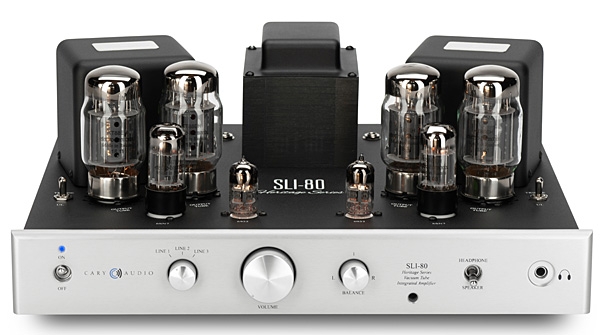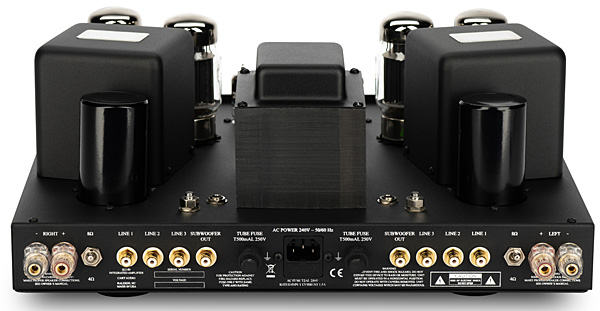| Columns Retired Columns & Blogs |
Just wondering why there was no comparo against the wonderful Rogue Audio Cronus Magnum III with KT120s for tube power?
Seems like the Rogue is way better for half the price.
Doesn't Stereophile ever think about the competition?
This looks like a nice amp.
But the Rogue seems like it mops the floor with it.
For half the price.
Did I mention it is half the price?










































